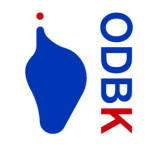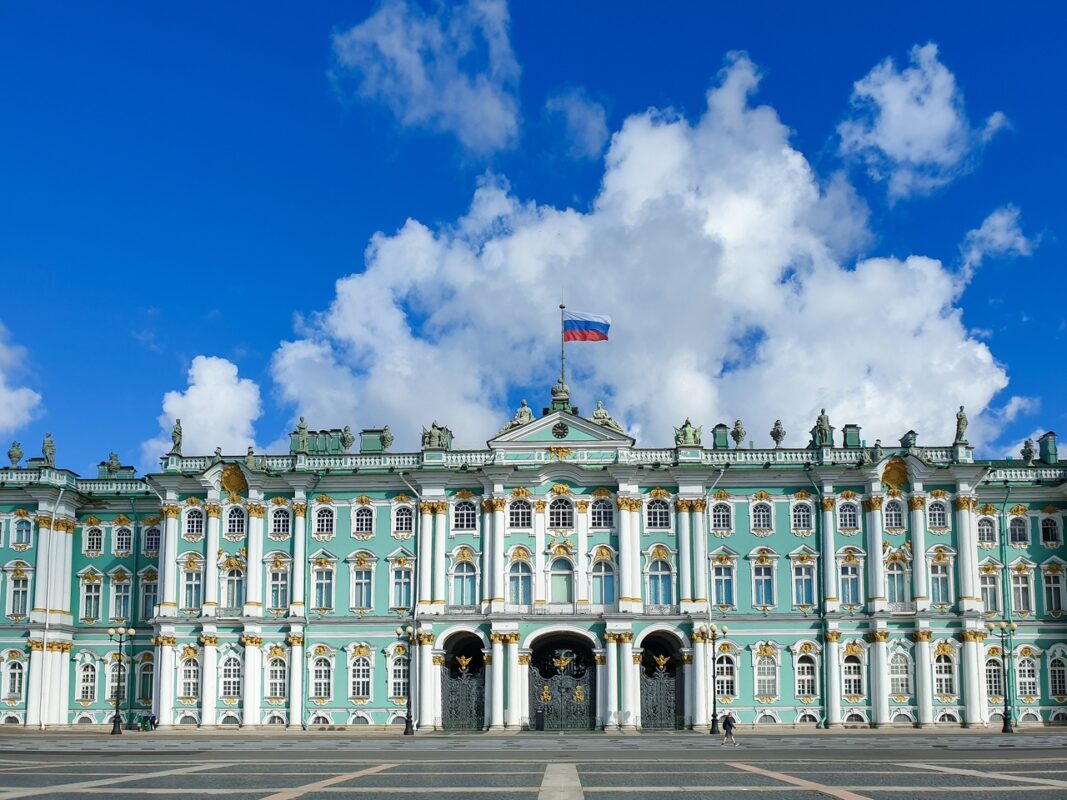by Sara Foster
What does the future of the art world look like? No matter your connection to art, this past year you are bound to have heard the three letters uprooting the entire industry: NFT. In simple language, ‘non-fungible tokens’ are digital versions of collectibles – works of art among them – one-of-a-kind, verifiable assets that can be traded with cryptocurrency on the online marketplace. The rapid acceleration of the new medium’s popularity in the art world (Christie’s sold the first NFT in March of this year for an astonishing US$69,346,250) is transforming the space for artists, collectors, and institutions alike, providing greater control over assigning rights and ownership, and signifying a potential future more socialized, democratic, and fair.
This week, the Whitworth at the University of Manchester as well as the world-famous Hermitage Museum have entered into the NFT arena.
In partnership with Vastari Labs, the Whitworth has generated an NFT image in partnership with Vastari Labs of one of the most renowned paintings in their collection, William Blake’s ‘The Ancient of Days’. As the first museum-accredited NFT, the image will provide the centrepiece of the gallery’s major exhibition and research project, Economics the Blockbuster, which will interrogate existing economic models in the art world while proposing new options with greater social benefits, exploring the potentials of blockchain technology and cryptocurrencies to offer novel means of transferring private capital into social funds.
Sale proceeds from the exhibition will go to a Whitworth community fund for socially beneficial projects in partnership with communities, organisations and constituents of the gallery’s surrounding neighbourhoods and networks. The projects will be “dedicated to applying artistic thinking to education, health, and environment.”
Meanwhile, as their Department of Contemporary Art is planning an exhibition made up entirely of NFTs for this autumn, the prestigious Hermitage Museum has just minted several masterpieces of its collection to be auctioned on the Binance NFT marketplace. Leonardo da Vinci’s Madonna Litta, Giorgione’s Judith, Van Gogh’s Lilac Bush, Claude Monet’s Corner of the Garden at Montgeron and Wassily Kandinsky’s Composition VI will be made into digital copies, with a copy of each kept in the museum post-auction to be shown in the exhibition.
In a statement, the Hermitage general director Mikhail Piotrovsky said NFTs “create democracy, make luxury more accessible, but are at the same time exceptional and exclusive.”
Whether it be artist, movement, or medium, as is the case with most things radical, NFTs have attracted a large circle of critics who are vocal in touting the digital medium as nothing more than a passing fad, an ultra-trendy happening that will fail to stand the test of time. Of course, the future is unknown to us – however, for the time being, the reach of NFTs continues to grow evermore expansive.

